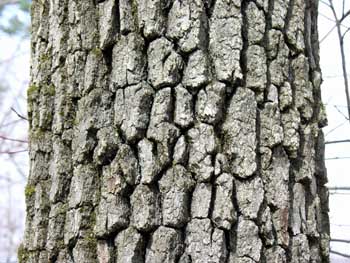
Bark of Nyssa sylvatica (Copyright W. Cook)


Bark of Nyssa sylvatica (Copyright W. Cook)

Twigs of Nyssa sylvatica (coming soon)


Leaves of Nyssa sylvatica (Copyright W. Cook)

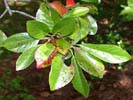
Leaves of Nyssa sylvatica (Copyright W. Cook)
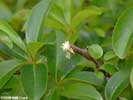
Leaves of Nyssa sylvatica (Copyright W. Cook)
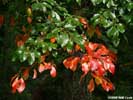
Leaves of Nyssa sylvatica (Copyright W. Cook)
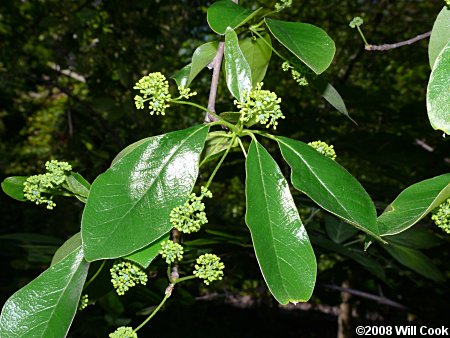
Flowers of Nyssa sylvatica (Copyright W. Cook)

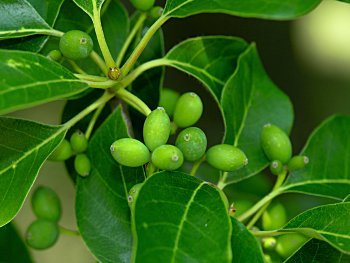
Drupes of Nyssa sylvatica (Copyright W. Cook)

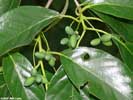
Drupes of Nyssa sylvatica (Copyright W. Cook)
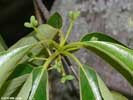
Drupes of Nyssa sylvatica (Copyright W. Cook)
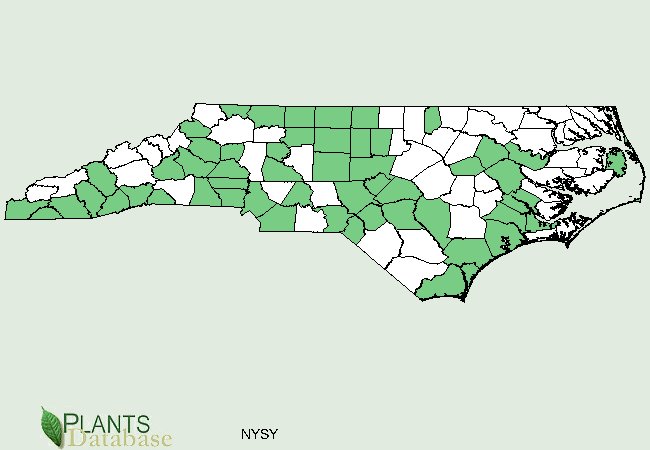
N.C. distribution of Nyssa sylvatica

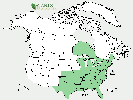
U.S. distribution of Nyssa sylvatica
Nyssa sylvatica (Sour gum, Black gum)
(Common; dry or mesic upland forests, less commonly in bottomlands, pine savannas, or upland depressions, where occasionally inundated briefly; Mt, Pd, CP; Fl: Apr-Jun, Fr: Aug-Oct)





